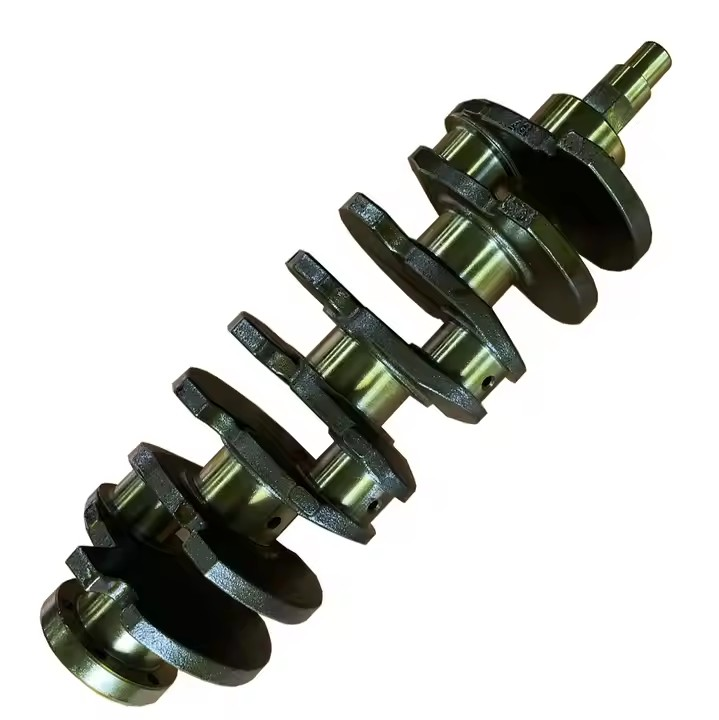Unraveling the Connection
Have you ever wondered why some engines respond more quickly and accelerate faster than others? As it turns out, crankshaft weight plays a significant role in engine performance. But how exactly does this work?
The Science Behind Crankshaft Weight
To understand the impact of crankshaft weight on engine acceleration and response, we need to delve into some basic physics. Internal combustion engines work by harnessing the energy released during fuel combustion to generate rotational force. The crankshaft is responsible for converting this force into the linear motion that propels your vehicle. Lighter crankshafts allow for quicker acceleration and more responsive engines due to their reduced rotational inertia.
The Importance of Balance
While a lighter crankshaft can improve engine performance, it's essential to maintain balance. An unbalanced crankshaft can lead to excessive vibrations, causing damage to engine components and compromising performance. To achieve optimal results, manufacturers use counterweights to balance the crankshaft and minimize vibrations.
Choosing the Right Materials
Manufacturers often use materials like cast iron, steel, or aluminum to produce crankshafts. Although cast iron and steel are stronger and more durable, they're heavier than aluminum. Aluminum crankshafts offer a favorable strength-to-weight ratio, making them an attractive option for performance-oriented applications.
Practical Applications and Tips
Now that we've explored the science behind crankshaft weight let's discuss some practical tips for optimizing engine performance:
In Conclusion
In my experience, understanding the impact of crankshaft weight on engine acceleration and response can significantly improve your vehicle's performance. By making informed decisions about crankshaft materials and designs, you can unlock the full potential of your engine and enjoy a more responsive, exhilarating driving experience. So why wait? Take the next step in optimizing your engine's performance today!




